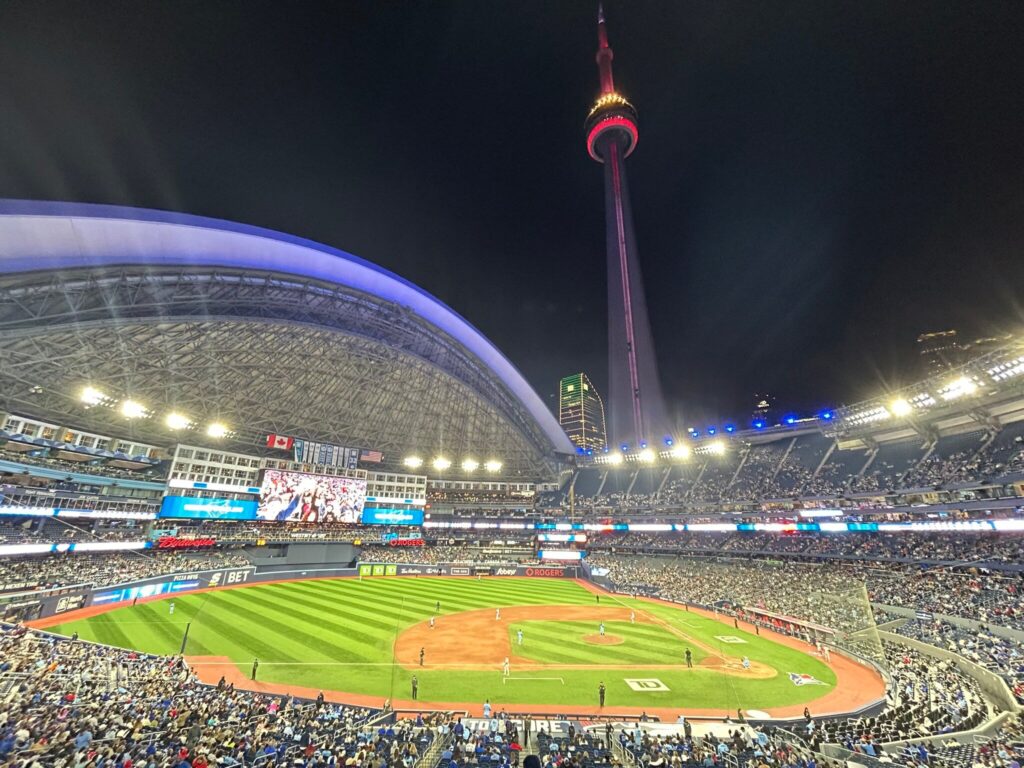
Introduction
The Rogers Centre, a state-of-the-art multi-purpose stadium located in downtown Toronto, is a critical component of the city’s cultural and sporting landscape. Opened in 1989 as the SkyDome, it was the first stadium in the world to feature a fully retractable roof. This innovative design has allowed it to host a diverse array of events, from Major League Baseball games to concerts and trade shows. As one of Canada’s key entertainment venues, the Rogers Centre continues to be relevant to both locals and tourists alike.
Current Events and Significance
Recently, the Rogers Centre has gained attention as the home of the Toronto Blue Jays, particularly as the team advances toward the postseason. Their thrilling performance has reinvigorated fan support, increasing attendance at games and renewing excitement about baseball in Canada. In addition to sporting events, the venue will host major concerts and events in the coming months, featuring international artists and acts that draw massive crowds.
Moreover, renovations ongoing at the Rogers Centre provide further relevance to the topic, as these improvements aim to enhance the fan experience. According to recent reports, the upgrades focus on modernizing amenities, enhancing accessibility, and expanding food and beverage options. These enhancements are set to be completed in time for the 2024 baseball season and promise to keep the Rogers Centre at the forefront of sports and entertainment in Toronto.
Cultural Impact and Future Outlook
The Rogers Centre is not just a sports venue; it has become a cultural symbol of Toronto. It has been the site for historic events, such as the 1992 and 1993 World Series, and has witnessed concerts by prominent musicians like the Rolling Stones and Beyoncé. Its impact on local tourism and commerce cannot be overstated. The stadium is located in a bustling area that comprises various restaurants, hotels, and attractions, further integrating it into the vibrant fabric of Toronto.
Looking to the future, the Rogers Centre’s management is optimistic about upcoming events and the continued evolution of the venue. With trends shifting toward more immersive experiences, the integration of technology and modern design will be critical in attracting a new generation of fans. As sports and entertainment return to full capacity, Rogers Centre is poised to play a pivotal role in revitalizing Toronto’s cultural scene.
Conclusion
In summary, the Rogers Centre stands as a testament to Toronto’s rich sporting and entertainment history. With its ongoing renovations and status as the home of the Toronto Blue Jays, the venue continues to offer significant value to both residents and visitors. The outlook for the future is bright, as the Rogers Centre prepares to enhance its role in the region’s cultural and sporting landscape.



